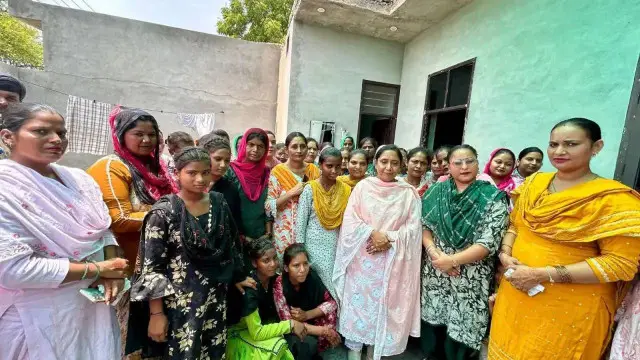RBI Slashes Repo Rate by 0.50%: Cheaper Loans, Lower EMIs for Borrowers
In a significant move to boost economic growth, the Reserve Bank of India (RBI) announced a larger-than-expected 0.50% cut in the repo rate.

The Reserve Bank of India (RBI) announced a bold and unexpected decision to cut the repo rate by 0.50%, bringing it down to 6% during its Monetary Policy Committee (MPC) meeting in Mumbai. This significant reduction, larger than market expectations of a 0.25% cut, aims to stimulate economic growth by making borrowing more affordable and reducing Equated Monthly Installments (EMIs) for millions of loan holders across India. With inflation showing signs of stabilization and global economic uncertainties looming, the RBI’s move is designed to boost consumer spending, invigorate sectors like real estate and automotive, and provide financial relief to households. This proactive step signals the central bank’s commitment to fostering economic recovery while maintaining fiscal stability.
Boosting Economic Growth
The repo rate, the interest rate at which the RBI lends to commercial banks, directly influences borrowing costs across the economy. By slashing it by 0.50% to 6%, the RBI has created room for banks to lower interest rates on home, auto, personal, and business loans. This reduction is expected to translate into lower EMIs, offering immediate relief to borrowers who have been grappling with high interest rates amid rising living costs. For instance, a home loan borrower with a ₹50 lakh loan could see their EMI reduced by several thousand rupees, depending on the loan tenure and bank policies.
RBI Slashes Repo Rate
The decision comes at a time when India’s economy is navigating post-pandemic recovery challenges, including sluggish consumer demand and global supply chain disruptions. The RBI, led by Governor Shaktikanta Das, cited stable inflation within the 4-6% target range and a need to stimulate growth as key factors behind the cut. Sectors like real estate, which have faced slowdowns due to high borrowing costs, are expected to benefit significantly, with developers anticipating a surge in housing demand. Similarly, the automotive industry, a key economic driver, could see increased sales as car loans become more affordable. The rate cut also aims to encourage small and medium enterprises to invest in expansion, fostering job creation and economic activity across urban and rural India.
Impact on Households and Financial Planning
Indian households, the repo rate cut is a much-needed breather, particularly for those servicing loans. Lower EMIs on home and personal loans will free up disposable income, enabling families to spend on education, healthcare, or savings. Banks and non-banking financial companies (NBFCs) are expected to pass on the rate cut benefits, though the extent and speed of transmission will vary. Major banks like SBI, HDFC, and ICICI have already signaled plans to revise lending rates, with some announcing immediate reductions in home loan rates to attract new borrowers.
















